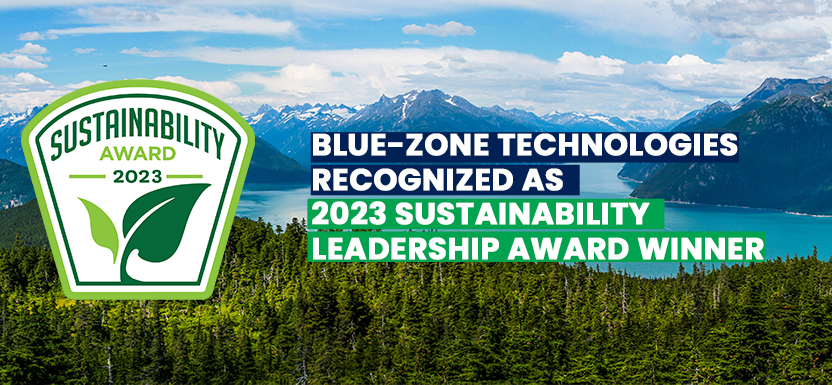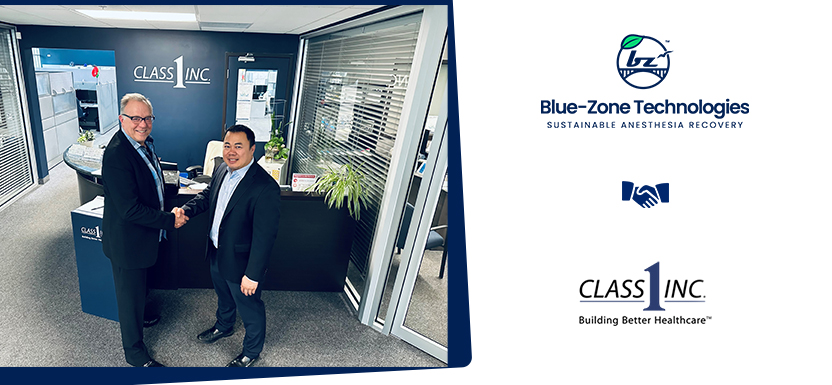European Journal of Anaesthesiology and Intensive Care – April 2024 – Recently the ESAIC Sustainability Committee, a global panel of scientists, professionals, & industry experts, published a consensus document outlining explicit actions we can take to achieve a more sustainable practice that will help meet climate goals.
The Consensus:
The latest paper confirms a shared perspective from industry experts of what is feasible and achievable within environmental sustainability. The paper calls upon health professionals as leaders in sustainable care to address the significantly large portion of greenhouse gasses from hospital operating rooms, over 50% of which is due to inhaled anesthetic agents.
All inhaled anaesthetic drugs are potent greenhouse gases that exert their global warming effect in the troposphere, by absorbing and later reflecting infrared thermal radiation back to Earth, hence interfering with the main cooling mechanism of our planet (McGain, et al. 2020)
Traditionally, exhaled anesthesia gasses from operating rooms are vented out into the atmosphere. Certain anesthetic agents have smaller Global Warming Potentials (GWPs), meaning there are safer, more sustainable alternatives available (Gonzalez-Pizarro, et al. 2024). The latter emphasizes the unique opportunity for environmental stewardship and leadership within the control of anesthesiologists to choose more sustainable options.
There are different commercial devices available that allow for inhaled anesthetic drug adsorption & recovery (i.e., Vapor Capture Technology, VCT) using activated charcoal canisters, avoiding their atmospheric release from the operating room.
Using anesthetic agents with low GWPs, paired with innovative anesthesia VCTs, like Blue-Zone’s proprietary waste anesthetic gas collection systems, means that we can easily make important adaptations now to reduce harmful emissions from healthcare institutions.
We can help you meet the latest recommendations of the ESAIC Sustainability Committee consensus.
Top recommendations from the ESAIC consensus for reducing direct emissions from health care facilities:
- Innovative sustainability policies regarding inhaled anesthetic drugs & quality improvement initiatives
- When administering inhalation anesthesia, chose agents with the lowest GWP: sevoflurane < isoflurane < desflurane (desflurane has a 25 times higher carbon footprint than sevoflurane)
- Use lowest possible fresh gas flow for all halogenated drugs
- Anaesthetic drug requirements should be tailored accordingly to avoid unnecessary gas or propofol consumption
- Inhaled anaesthetic drug recycling methods using VCTs should have an independent Life Cycle Analysis to assess Total Prevented Emissions
A Life Cycle Assessment (LCA) is an assessment of a product or system throughout its life cycle, from cradle-to-grave. It includes several steps ranging from raw material extraction to manufacturing, transportation, use and waste management (Eckelman M, Mosher M, Gonzalez A, Sherman, 2012).
Blue-Zone’s independent Life Cycle Analysis
An LCA was conducted to determine total prevented emissions associated with using a Blue-Zone Deltasorb® canister compared to conventional anesthetic practices when waste gases are released outside, where total prevented emissions is equal to the avoided emissions minus impacts due to Deltasorb® canister processing and transportation.
The results of the study found the total prevented emissions between 97.75% – 99.71%, which means the Deltasorb® canister would reduce the impacts from the anesthetic gases by approximately 99% (Soulliere, K. 2023). When used together with lowest possible fresh gas flow rate, VCTs that allow for drug reuse, like Deltasorb®, have the potential to make a positive impact due to their circular economy endpoint (Gonzalez-Pizarro, et al. 2024).
Outside of anesthesia, the ESAIC consensus describes a wide scope of actions: direct emissions, energy consumption supply-chain and waste management, patient preference for eco-friendly interventions, psychological self-care of workers; and the workers contribution to healthcare footprint in regards to individual transport to and from the hospital.
In summary, the consensus paper is intended to be a guide, anticipating any potential barriers and making suggestions to help facilitate the implementation of these recommendations towards a more sustainable healthcare system. Read the full publication here.
*certain drugs may not have regulatory approval in some regions.
Contact us today to learn how we can help you achieve an environmentally green operating room:
Kipton Lade, Chief Executive Officer, Blue-Zone Technologies
klade@blue-zone.ca
Media inquiries:
Jennifer Lee, RP Pelican
jlee@rppelican.ca


